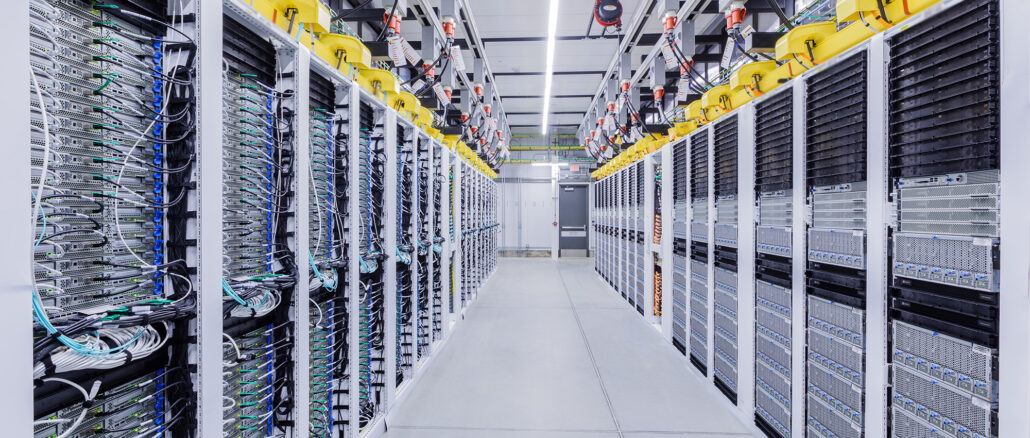
Pushing The Limits Of HPC And AI Is Becoming A Sustainability Headache
As Moore’s law continues to slow, delivering more powerful HPC and AI clusters means building larger, more power hungry facilities. …

As Moore’s law continues to slow, delivering more powerful HPC and AI clusters means building larger, more power hungry facilities. …

UPDATED Here is a story you don’t hear very often: A supercomputing center was just given a blank check up to the peak power consumption of its facility to build a world-class AI/HPC supercomputer instead of a sidecar partition with some GPUs to play around with and wish its researchers had a lot more capacity. …

The most exciting thing about the Top500 rankings of supercomputers that come out each June and November is not who is on the top of the list. …
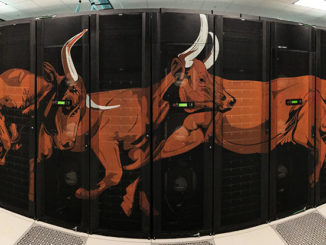
When you host the workhorse supercomputers of the National Science Foundation, you strive to provide the best possible solutions for your scientists. …
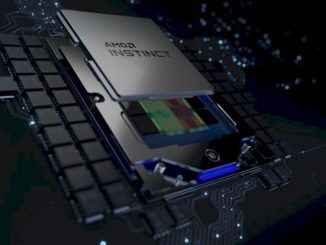
Timing is a funny thing. The summer of 2006 when AMD bought GPU maker ATI Technologies for $5.6 billion and took on both Intel in CPUs and Nvidia in GPUs was the same summer when researchers first started figuring out how to offload single-precision floating point math operations from CPUs to Nvidia GPUs to try to accelerate HPC simulation and modeling workloads. …

Some details are emerging on Europe’s first exascale system, codenamed “Jupiter” and to be installed at the Jülich Supercomputing Center in Germany in 2024. …
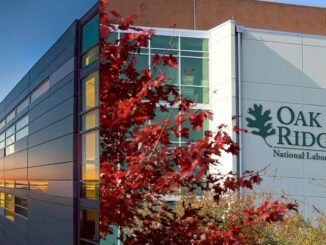
Other than Hewlett Packard Enterprise, who wants to build the future NERSC-10 supercomputer at Lawrence Berkeley National Laboratory or the future OLCF-6 system at Oak Ridge National Laboratory? …

Back in 2009, I was the editor of a mini-side publication from supercomputing magazine, HPCwire, called HPC in the Cloud. …

At SC23 in November, the Association for Computing Machinery (ACM) will give out its first-ever ACM Gordon Bell Prize for Climate Modelling at a ceremony in Denver. …
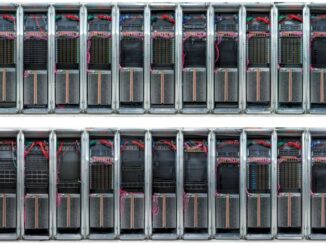
Scientists from KAUST and engineers from Cerebras Systems have fine-tuned an existing algorithm, Tile Low-Rank Matrix-Vector Multiplications (TLR-MVM), to improve the speed and accuracy of seismic data processing. …
All Content Copyright The Next Platform